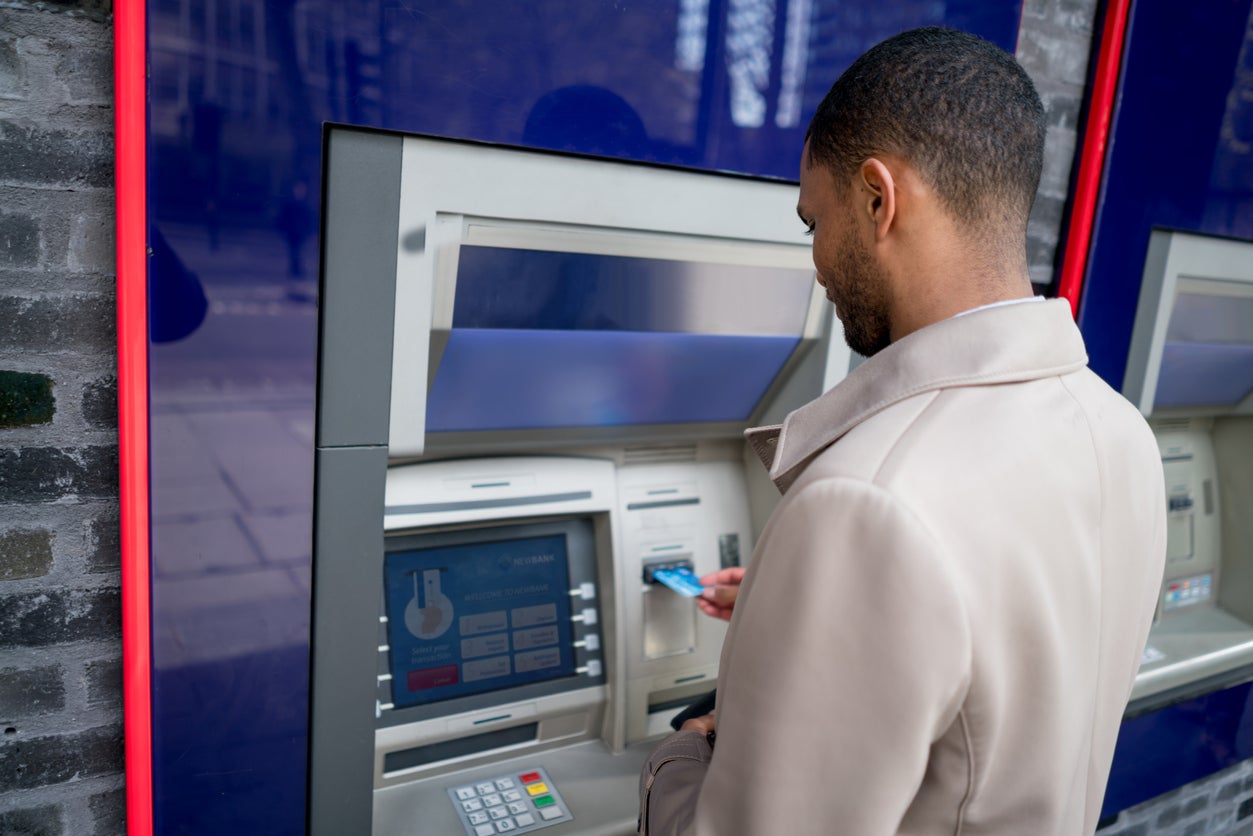As we move towards a digital future, we must ensure access to physical cash
We may use them less but older people and those in remote areas still deserve access to ATMs, writes Chris Stevenson


Covid-19 has had a number of knock-on effects on society as the pandemic has reached all areas of how we live. One of these is the pace of switching to digital methods of payment.
Cash machine network Link has said that there has been up to a 40 per cent drop in visits to cash machines, with withdrawals now totalling £100m a day less than in 2019.
The maximum single payment via a contactless credit or debit card has jumped to £100. While the number of times we are visiting cash machines has fallen, we are taking more out per visit compared to pre-pandemic times, an increase from an average of £66.99 to £78.54. It makes sense – although the total amount people are taking out per month has fallen from an average of £200.97 to £157.08.
While some wealthier areas of London and Edinburgh have seen a fall in cash machine use by as much as 60 per cent, other areas – like Bradford, Birmingham, Rochdale and parts of Liverpool – involve much smaller drops. And there are still plenty of people across the country that rely on access to cash. From older people to those in rural areas, we get emails from readers lamenting when cash machines have been removed from their areas.
Almost every resident in a town or city has access to a bank, building society, post office or free ATM within 2km of their home, the Financial Conduct Authority said in a report from July. This drops to three-quarters of people living in rural areas across Britain.
As we move towards a digital future, we must ensure fair access to cash. I’d be interested in hearing your experiences. Are you virtually cashless now, or do you rely on regular trips to a cash machine?
Yours,
Chris Stevenson
Voices editor



Join our commenting forum
Join thought-provoking conversations, follow other Independent readers and see their replies
Comments